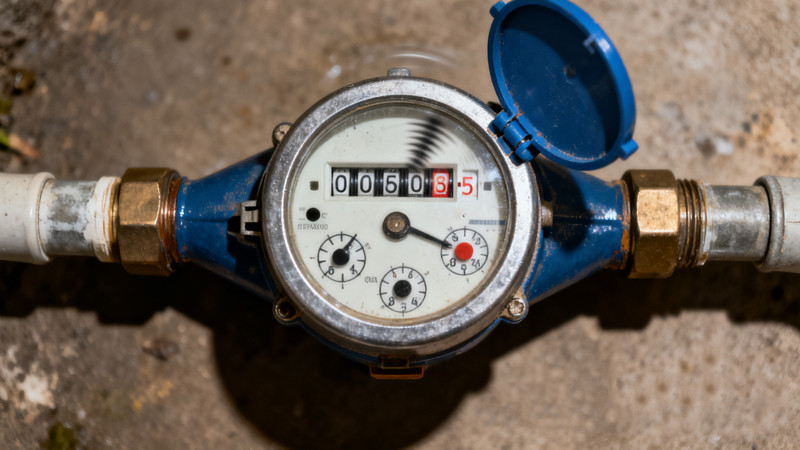
Water waste is often associated with obvious problems like dripping faucets or running toilets, but what many homeowners and businesses don’t realize is that a significant amount of water loss happens silently. Hidden faucet water waste can slowly increase your utility bills, damage plumbing fixtures, and strain your entire water system without showing any easily visible signs. Whether you manage a home, commercial facility, or rental property, learning how to detect hidden faucet water waste is essential for reducing unnecessary expenses and promoting sustainable water use.
This guide will walk you through the most common sources of hidden faucet water waste, the tools and techniques you can use to detect it, and actionable steps to fix the problem before it grows costly.
1. Why Hidden Faucet Water Waste Happens
The key to finding hidden water waste is understanding where it typically originates. Faucets consist of various internal components — valves, cartridges, aerators, seals, and connectors — any of which can fail without producing a visible drip. In many cases, water may leak inside the faucet body, behind the wall, or underneath the sink. Because the leak isn’t always exposed, it continues unnoticed for months or even years.
Common causes include:
- Worn-out cartridges or valve seats that allow small amounts of water to pass through.
- Loose or deteriorated internal seals that fail to completely stop water flow when the faucet is off.
- Cracked supply hoses hidden behind cabinets or walls.
- Faulty aerators that disrupt normal flow and create irregular pressure.
- Corroded fittings that leak slowly enough to go unnoticed.
Even minor issues can result in gallons of wasted water every day. Detecting them early can save your plumbing system from significant damage and reduce your annual water costs.
2. Signs You May Have Hidden Faucet Water Waste
Before performing a full diagnostic check, pay attention to these subtle indicators. They often signal water waste even when you can’t see the leak:
- Unexplained increases in your water bill even though usage habits haven’t changed.
- Reduced water pressure because water is escaping somewhere before reaching the faucet spout.
- Moisture or mildew smells under sinks or behind walls.
- Unusual sounds such as faint hissing, bubbling, or dripping inside the faucet or plumbing lines.
- Warm areas on walls or floors if hot water lines are leaking.
- Water stains or soft spots on wood cabinetry beneath the faucet.
If any of these symptoms appear, consider it a red flag that requires immediate inspection.
3. Tools You’ll Need for Detection
You don’t need sophisticated equipment to detect hidden faucet water waste. Most checks can be performed with basic tools:
- Dry paper towels or tissue
- Flashlight or headlamp
- Wrench set
- Pressure gauge
- Food coloring (for leak tracing)
- Small mirror
- Smart water meter or flow monitoring app (optional)
These tools will make your inspection faster and more accurate, especially in tight or poorly lit areas.
4. Step-by-Step Guide to Detecting Hidden Faucet Water Waste
Step 1: Check Under-the-Sink Connections
Start by examining the connections beneath the sink. Use a flashlight to inspect supply hoses, nuts, and shutoff valves. Even if the leak is too small to drip, a damp paper towel wrapped around each connection point will reveal hidden moisture. Look for mineral deposits and discoloration, which often form where slow leaks occur.
Step 2: Test the Faucet Handle Area
Turn the faucet on and off several times while observing the handle. Internal cartridge leaks often cause water to seep into the faucet body instead of flowing through the spout. If water appears around the handle base or the faucet feels unusually loose, internal components may be worn out.
Step 3: Inspect the Aerator
A clogged or damaged aerator can cause pressure fluctuations, forcing water backward into the faucet body. Unscrew the aerator and check for sediment buildup. If water flow improves dramatically after removing it, the aerator may have been contributing to hidden inefficiencies.
Step 4: Perform a Water Pressure Test
Attach a pressure gauge to an outdoor spigot or washing machine connection and compare it to your faucet’s pressure. If pressure drops significantly only at the faucet you’re testing, it may indicate internal leakage or a blockage.
Step 5: Use the Food Coloring Test
This technique helps detect internal leaks inside the faucet valve. Place a drop of food coloring inside the faucet spout or valve area, then turn off the faucet. If the colored water seeps into the sink, cartridges or valve seats are not sealing properly.
Step 6: Listen for Hidden Leaks
Turn off all faucets and appliances connected to water lines. In a quiet room, place your ear near the faucet or under-sink piping. A faint hiss or whooshing sound is often a sign of internal water movement caused by a leak.
Step 7: Check Your Water Meter
If your property has a smart water meter, monitor usage patterns during periods when no water is intentionally being used. Continuous flow data usually indicates a hidden leak. For traditional meters, turn off all water sources and check the meter reading. If the indicator moves, water is being wasted somewhere in the system.
5. Fixing the Hidden Source of Waste
Once you’ve identified the source of hidden faucet water waste, the next step is repairing it. Common solutions include:
- Replacing worn cartridges to restore proper sealing.
- Tightening loose nuts or fittings to stop micro-leaks.
- Replacing O-rings and seals inside the faucet body.
- Installing new supply hoses if cracks or bulges are present.
- Cleaning or replacing aerators to normalize water flow.
- Re-sealing the faucet base with plumber’s putty or silicone if water seeps underneath.
If you discover moisture behind walls or extensive corrosion, contacting a plumber is strongly recommended. Hidden leaks in enclosed areas can quickly escalate into mold growth or structural damage.
6. Preventing Future Hidden Water Waste
Prevention is key to avoiding costly repairs and unnecessary water loss. Follow these habits to keep your faucets efficient:
- Inspect aerators and cartridges annually.
- Replace supply hoses every 5–7 years.
- Avoid overtightening valves to preserve internal seals.
- Use high-quality faucet brands with durable components.
- Install a leak detection system for real-time monitoring.
- Check for mineral buildup that could affect pressure and flow.
With regular inspections, you can catch early signs of failure long before water waste becomes a major issue.
7. Conclusion
Hidden faucet water waste is one of the most overlooked contributors to rising utility bills and plumbing damage. Even small internal leaks can lead to significant long-term costs. By learning how to detect subtle signs, using simple diagnostic tools, and performing routine maintenance, you can protect your home or business from unnecessary water loss. Whether you’re troubleshooting a single faucet or managing a commercial facility, consistent inspection and early intervention are the keys to keeping your water system efficient, reliable, and truly leak-free.
 WOWOW Faucets
WOWOW Faucets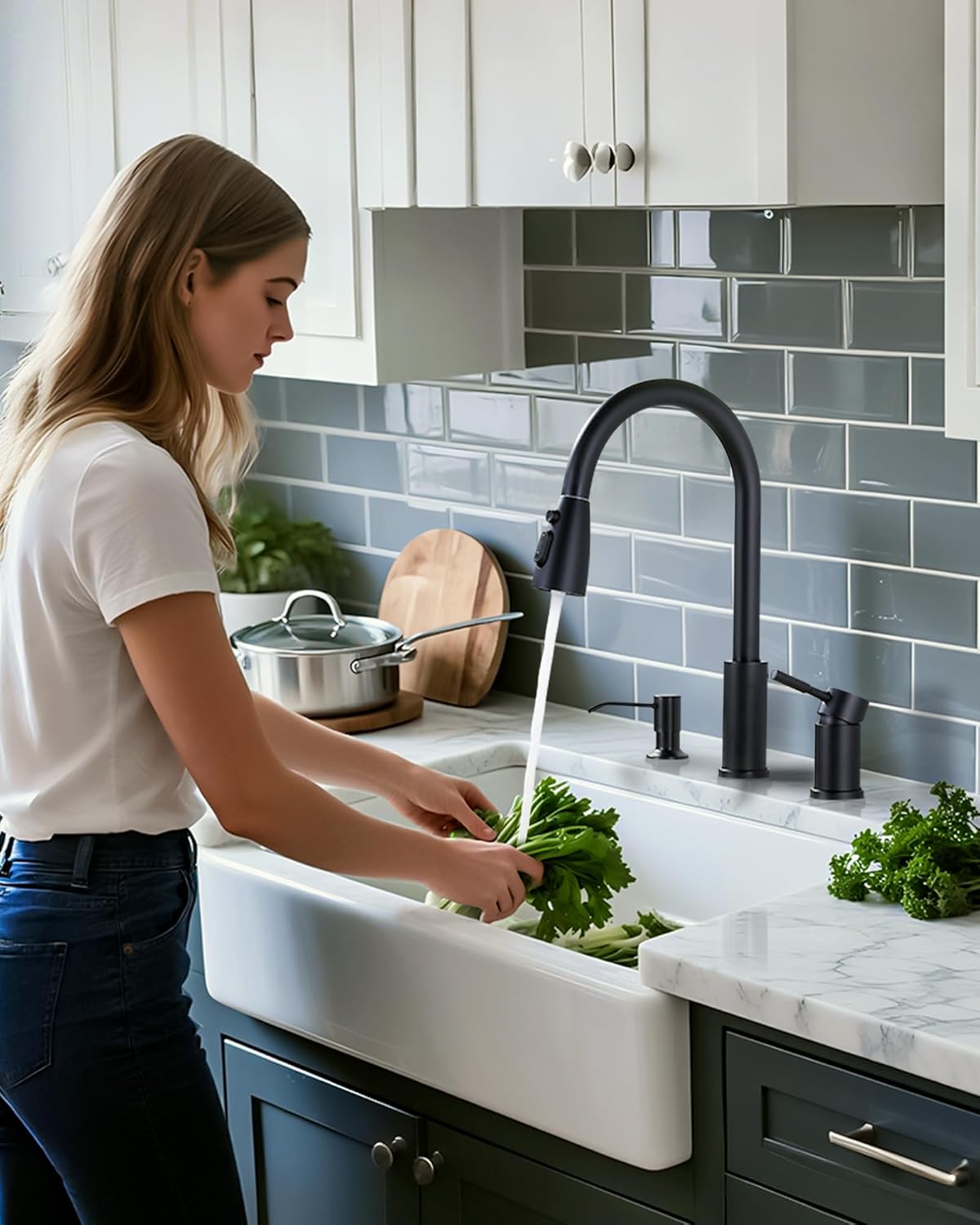

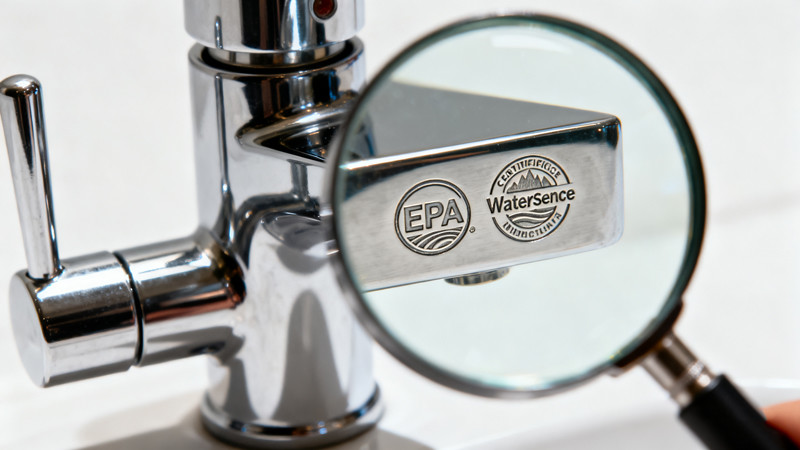
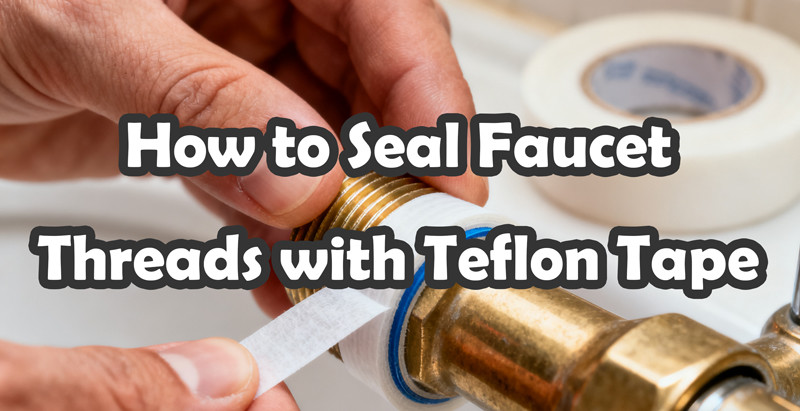
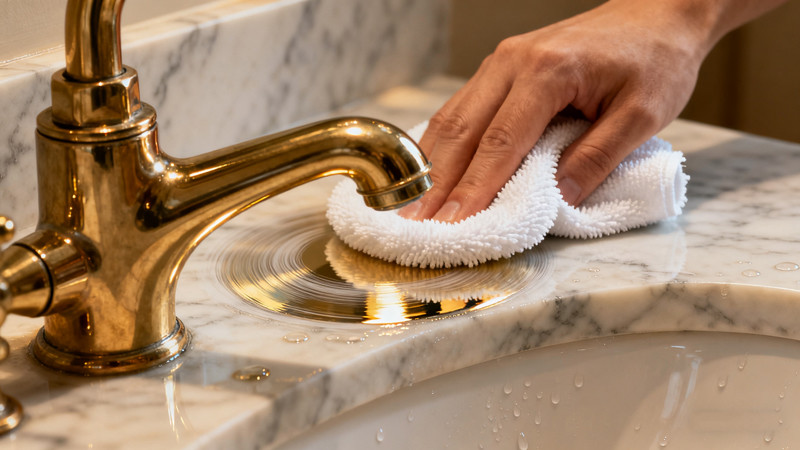
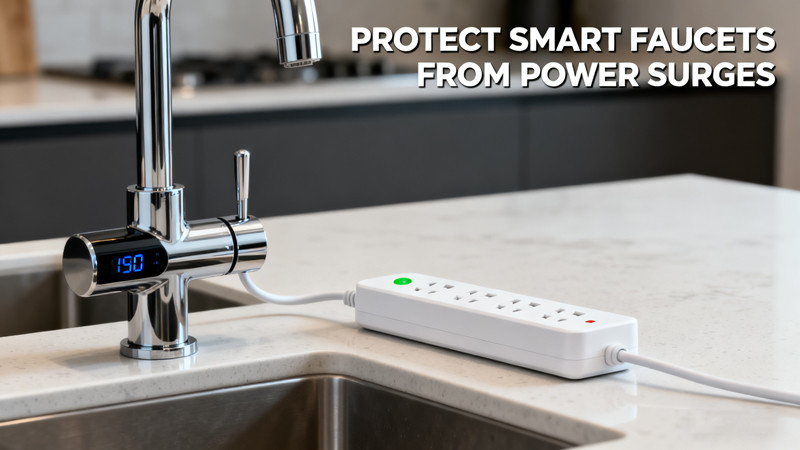
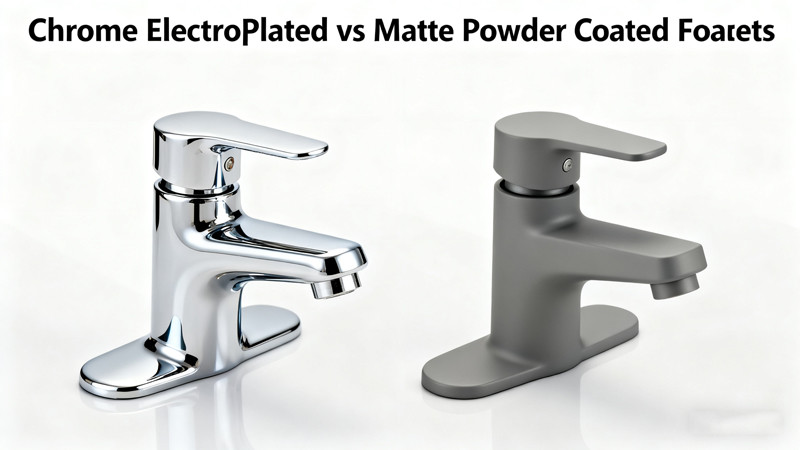
您好!Please sign in